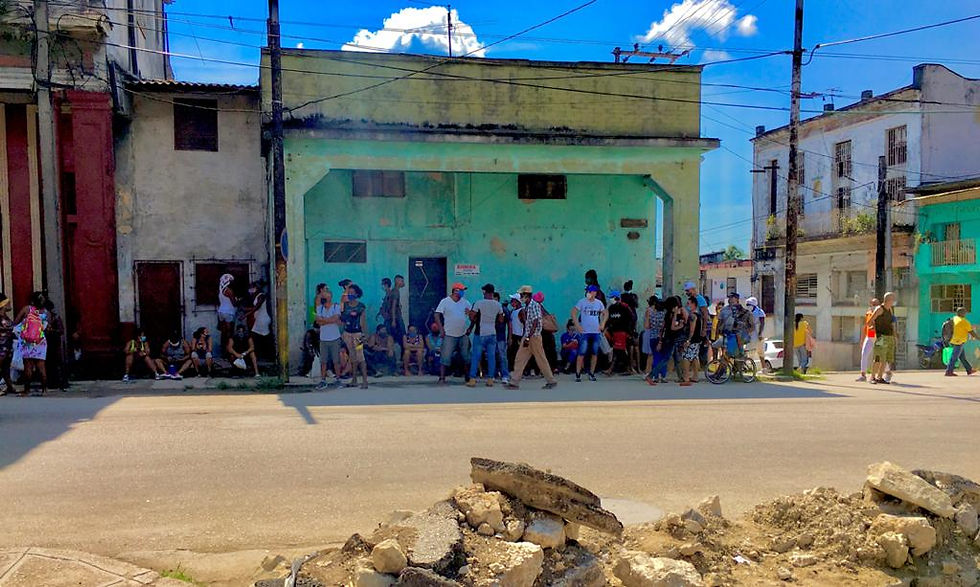CUBA'S CURRENCY HUSTLE
- Frank Gonzalez
- Jun 3, 2021
- 2 min read
SPECIAL PERIOD II, THE MONETARY ORDERING

This year started with a “monetary ordering” in Cuba. That is the name given by the Cuban Communist Party to the process that they claimed would positively transform the Cuban economy. For over twenty-five years two currencies circulated in Cuba. The Cuban peso, CUP, and the convertible peso, CUC. The Cuban peso was exchanged at a rate of 25 CUP per one U.S. dollar, and the convertible peso was exchanged at .87 CUC per U.S. dollar. Yes, the Cuban convertible peso was worth more than the U.S. dollar, but only in Cuba. Most Cubans conducted transactions in CUP, and government employees were mostly paid in CUP’s. On January 1st, nicknamed “day zero” by the communist party, among the many changes to the Cuban economy was the elimination of the convertible peso, CUC. Other measures included significantly raising the salaries of state employees, which still account for over half of all workers. Some of these workers would be earing five times their previous salaries. The average state salary went up from the equivalent of twenty U.S. dollars a month to almost one hundred dollars a month. Prices were also raised; electricity prices were increased three-fold and propane gas more than ten-fold. The price of a fifty-kilogram sack of rice, about 110 pounds, which used to sell for approximately eighteen dollars, was selling for over one-hundred and twenty dollars by May. But that sack rice is now almost impossible to find at any price.
The worst of the “reordering” changes has been the under-handed devaluation of the Cuban peso. The state media had announced for months that the official exchange rate of the Cuban peso would remain 25 pesos per one U.S. dollar. But when prices were increased three, five and ten-fold, the peso lost over half of its value. Cuban workers who had struggled to save the equivalent of one-hundred dollars a year for twenty years, about 50,000 Cuban pesos, lost half of their purchasing power on New Year’s Day 2021. The devaluation of the Cuban peso has brought a massive drop in the wealth of the average Cuban, especially state employees who had limited access to foreign currency and kept their savings in pesos. The nightly news in Cuba had for several months been harping on the fact that the reordering did not include a devaluation, but that is exactly what occurred and what was intended. In February, the Cuban peso was being exchanged at a rate of 40 to 1 U.S. dollar in the informal market, by May it was at 60 to 1 USD, and the rate will likely reach 100 to 1 by the end of this year.
Cuba’s second “special period,” is under way, with a splash of “monetary ordering,” and the homemade rafts and their desperate passengers that followed the first “special period” are already arriving in Florida. It remains to be seen if the sequel, “Special Period II,” is better than the original.








Comments